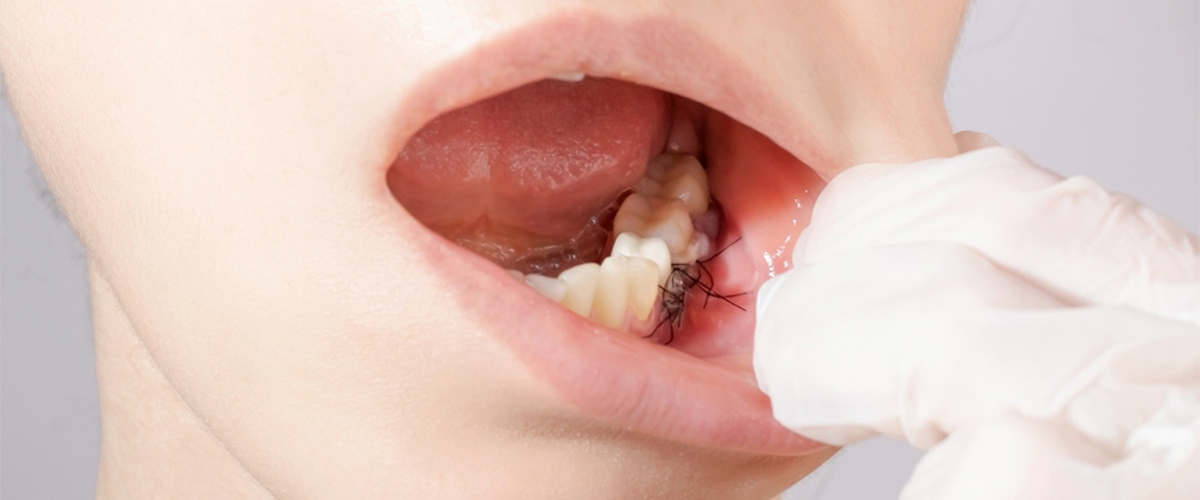A gum transplant is a dental surgery used to treat and correct the consequences of gum recession. A periodontist performs a brief and straightforward operation in which healthy gum tissue from the roof of the mouth is removed and used to rebuild the gum where it has retreated.
When gum tissue deteriorates, more of the tooth's root is exposed, known as gum recession. Increased sensitivity might result from this, especially when consuming hot or cold foods or beverages.
Gum recession often occurs slowly, so many individuals are unaware that it affects them. Gum recession might eventually result in tooth loss if it is not corrected immediately.
Others opt for a gum transplant because they need to protect the exposed tooth from injury and repair any damage already done, while others prefer to have a gum graft for cosmetic reasons, such as a better smile.
- Free gingival graft:
- Your periodontist takes a little piece of the gum tissue from your mouth roof and attach it to the needed location. This kind of transplant is probably what you'll get if your gums are thin and require more tissue to stop future recession.
- Connective tissue graft:
- A tiny flap in the roof of your mouth is opened by your periodontist, who then pulls off a piece of connective tissue from beneath the top layer of tissue. The region that requires gum tissue is stitched using this tissue. The most typical kind of transplant is this one.
- Pedicle graft:
- To cover the area of receding gum tissue, your periodontist makes a flap of tissue from the adjacent region. Since it doesn't stop the blood supply to any mouth parts, this transplant is typically the most effective. You need to have a lot of gum tissue in the areas surrounding your gum recession for this to function.
The whole procedure of gum grafting will be performed under anesthetic conditions. There are mainly three types of gum grafting:
After the surgery is finished, you can go home. If your periodontist wants to observe you make sure the graft is working well, they could ask you to wait an hour or two.
To prevent damaging the graft during the first week or two of healing, try to consume soft, chilled meals. Foods that might burn or irritate the graft should not be consumed.
